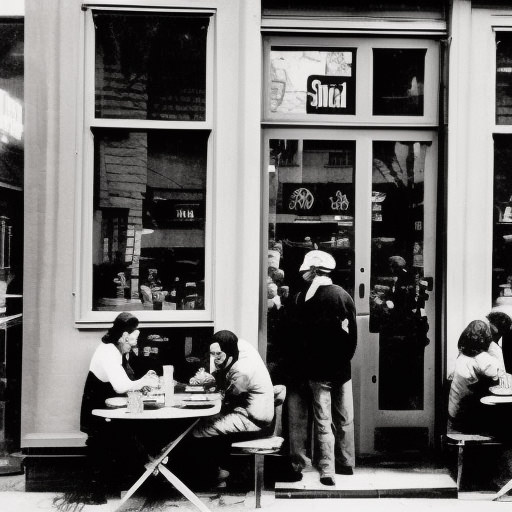Have you ever had two cups of coffee that taste completely different despite being made with the same beans? This is because there are many factors that influence the flavors of coffee. One of these is the roast level, with darker roasts producing more bitter flavors, while lighter roasts tend to have a milder taste. In this post, we’ll explore the various factors that contribute to the differences in taste between different cups of coffee.
Roast Level: Roast level is perhaps the most significant factor in determining the taste of coffee. When coffee beans are roasted, they undergo a chemical reaction known as the Maillard reaction. This reaction causes the beans to brown, resulting in changes to their taste, aroma, and color. Darker roasts spend more time in the roaster and therefore have more developed flavors, but also come with increased bitterness.
Bean Origin: The origin of the beans can also play a role in how bitter or mild coffee tastes. Certain regions, like Ethiopia or Colombia, are known for producing beans with a milder flavor profile, while others might be more bitter. A single origin coffee made from high-quality beans is likely to have a less bitter flavor when compared to blends made from lower-quality beans.
Brewing Method: The brewing method can also make a significant difference in the taste of coffee. For example, French press coffee often has a stronger and more bitter flavor than drip coffee due to the extraction process. A pour-over method provides a less bitter taste for coffee lovers.
Water Temperature: Water temperature is another factor affecting the coffee’s taste. Most recommended temperature 195-205℉ (90-96℃)depending on the brewing style but sometimes a temperature of 175℉ can improve the mildness of the coffee. An excessively high temperature can cause more bitter flavors, while a lower temperature may produce a milder taste.
Grind size: The size of the coffee grounds can also impact on the taste of coffee. Fine grinds will result in a stronger, more bitter flavor, while coarser grinds will produce a milder taste. The size of the grind must be correlated with the brewing method used to prepare the coffee.
In summary, various factors contribute to the difference between a bitter and mild cup of coffee. Roast level, bean origin, brewing method, water temperature, and grind size all play a role in creating the final flavor profile of coffee. To experience different coffee flavor, try investing in good coffee beans, experiment with different brewing techniques, and tweak the brewing method to find the sweet spot for a perfect cuppa. Once understood, these factors will contribute to an enjoyable cupping experience that satisfies the taste buds without bitterness.
Please note that if you purchase from clicking on the link, some will result in my getting a tiny bit of that sale to help keep this site going.

